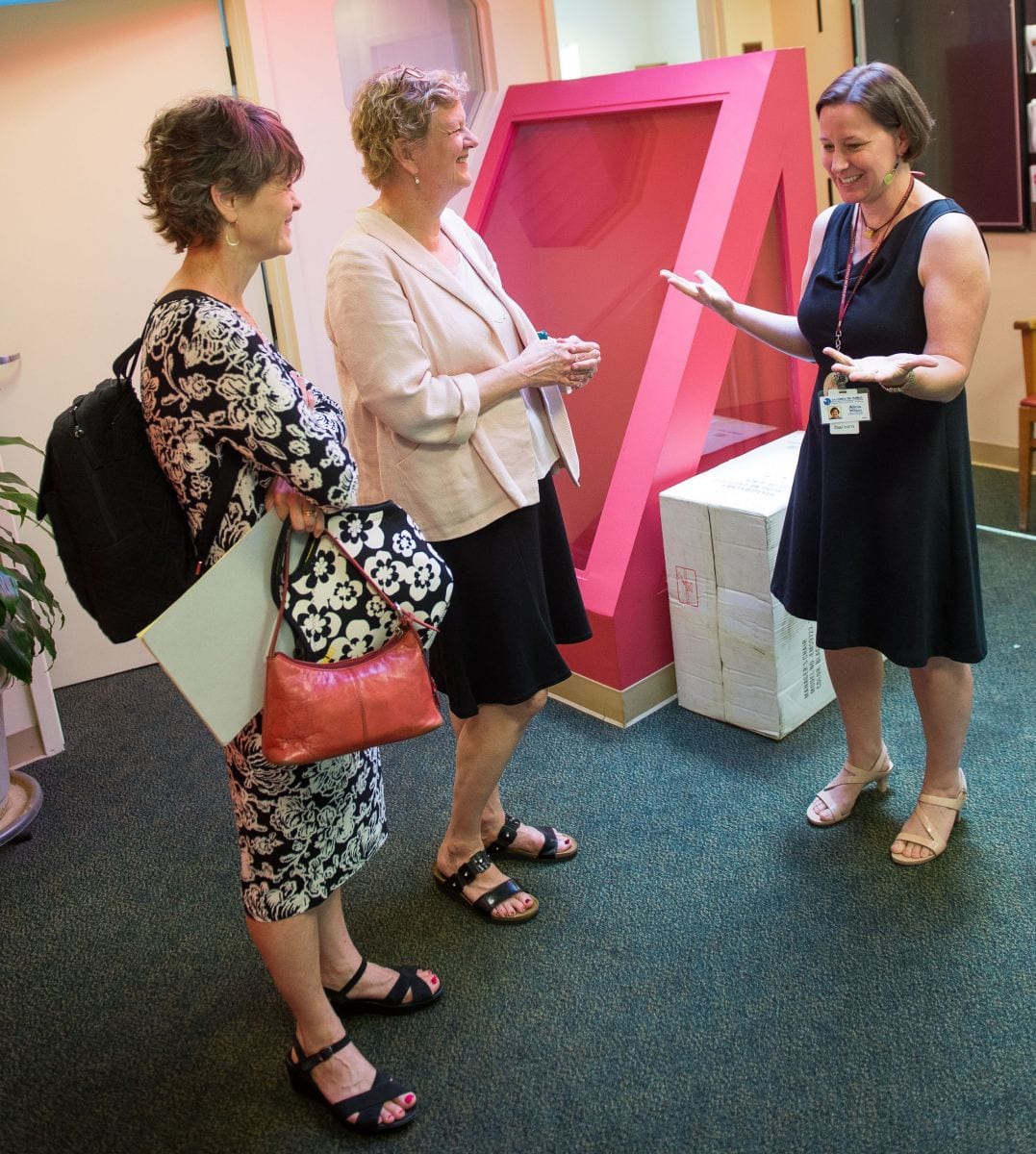JUMP TO:
Six Tips for Effective Site Visits
March 5, 2014
Karen FitzGerald
With nearly 90 funding requests under consideration, Meyer program officers are now fanning out across the region to meet with executive directors and see organizations and programs in action. These meetings almost always inspire, but after doing hundreds of site visits over the years, we—the program staff at Meyer—have assembled a few tips to offer to help ensure these meetings go smoothly.
Keep it small. When I arrive at a site visit and am greeted by as many as half a dozen staff members who are all are eager to participate, my heart sinks just a little. I may need to ask an executive director sensitive questions—about things like cash flow, hiring or firing plans, and board relations—and I know it’s more difficult for EDs to answer those questions candidly when other staff people are in the room.
Bring the right board member. If we ask you to include a board member in a meeting or site visit, please bring someone who is active on the board, can speak to the organization’s work, and who will actually speak at the meeting. One board chair I met during a meeting at Meyer never uttered a word. Fairly or not, he helped create an impression of a disengaged board.
Store your smart phone in your pocket. Please resist the temptation to regularly check your smartphone during a meeting or site visit. Doing so is distracting and may inadvertently send a message that the request on the table is not a priority for the organization.
If you use your phone to take notes (or are expecting an urgent call), remember to let your program officer know that this is why you’ll have your phone out during the meeting.
Be conversant in your organization’s finances. While we don’t expect you to have your organization’s financial statements committed to memory, EDs should be able to answer basic questions about finances, including how much cash is in the bank, how many months of operations that cash will cover, whether the previous fiscal year ended with a surplus or deficit, and how fundraising is progressing for the year.
Skip the PowerPoint. The best meetings and site visits are conversations. Formal presentations take time away from that conversation, especially since we try to keep meetings and site visits to one hour.
Save the information packets for your donors. It’s not necessary to assemble a pocket folder full of additional materials. We will ask for the specific information we need, and will often review your website to get a sense of how you present your organization to the general public.
And don’t be nervous! Site visits are an opportunity for you and your program officer to get to know each other better. What tips would you offer program officers to help make meetings and site visits as useful as possible? Use the comments section to let us know.
Karen FitzGerald is a senior program officer at the Meyer Foundation and manages the Healthy Communities program area.
Photos by Lisa Helfert. Upper and lower: Julie Rogers and Karen FitzGerald speak with Executive Director Alicia Wilson during a site visit to La Clinica del Pueblo.

